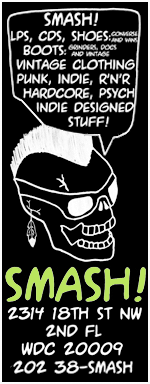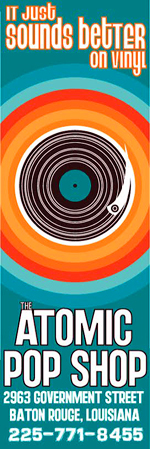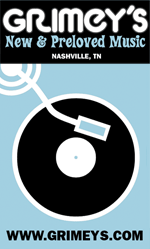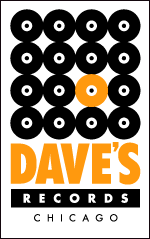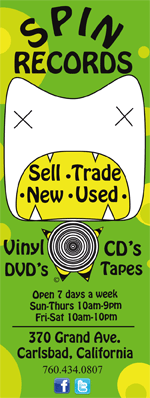
When it comes to Herbie Hancock’s jazz-fusion landmark, 1973’s Head Hunters, I’ll give the first word to my brother Jeffrey Little, the world’s premier jazzbo—“It’s a difficult assessment. I mean, on its own, abstracted out of context, this is a fine jazz/funk hybrid. It’s got “Chameleon” on it, for chrissakes. However, it’s difficult to listen to and not actively mind-juggle it with what preceded it. Forget what Miles Davis was doing; this ain’t that. That’s like comparing The Gap Band to P-Funk.”
“But,” he goes on, “measured against himself, and the three or four Mwandishi albums (including the badass Fat Albert Rotunda from 1969) that came before Head Hunters this is an obvious step, if not down, then a side-step across, and down. Mwandishi, Crossings, and Sextant, while not perfect, were among the highlights of the early fusion movement. This was a movement that proved to be a race to the bottom, where you could find the obscene tangle that was Spyro Gyra resting against the uber-talented gak that was Return to Forever. It’s unfair, but it’s hard for me to hear this without thinking that.”
I’m no jazz expert, but I know this: your love for Head Hunters, which is not only one of jazz’s all-time best sellers but is also considered one of jazz’s most innovative releases, is bound to be in direct correlation with your love for the genre, jazz-fusion it’s credited with creating. Me, I hate jazz-fusion. It led not only to Spyro Gyra but also to Grover Washington, Jr., Chuck Mangione, and Kenny G, and that is one dubious, if not flat-out evil, legacy indeed. Sure, it’s a mite funkier—and a bit more challenging, musically—than the artists it spawned, but the apples didn’t land that far from the tree.
My pal Steve Renfro not long ago suggested that Grand Funk Railroad’s otherwise inexplicable popularity could be explained by the fact that they “gave white folks their first and only excuse for using the word ‘funk.’” I can’t help but feel the same way about Head Hunters. It’s funk with rounded edges for white squares of the sort who thought Steely Dan’s move towards easy jazz was, like, hip man. And speaking of Steely Dan, once you’ve stripped away the cool percussion and Bill Summers’ ability to make a great sound by blowing into a beer bottle, what you’re left with on “Watermelon Man” could easily pass for an Aja-era Becker and Fagen instrumental track. And the fraudulently titled “Vein Melter” is both aural schlock and a proven sleep aid—musical fuzak for the jazz fan who fears loud noises and hates nothing more than soloists jumping out at him. Believe me when it say it seems to go on for much longer than its nine minutes.
“Sly”—which is a tribute to Sly Stone, natch—is somewhat more interesting, once it kicks into gear that is. Hancock’s playing is both astounding and funky, and Bernie Maupin really lays into the soprano sax. But for somebody like yours truly, who grew up listening to free jazz, this stuff goes down way too easy. Like buttermilk. Sure, it has its complexities, but it’s still too smooooth for my tastes. Which is the point, I suppose. Funk is supposed to be slippery, after all. But when I’m really in the mood for jazz funk, I’ll turn to Miles Davis’ 1970 landmark-for-real, Bitches Brew. It has a fire in its belly.
As for “Chameleon,” it boasts a whale of a catchy opening, and only a bigger curmudgeon than me would concede to despising it. Maupin’s come-in on the sax kinda reminds me of Kool & the Gang, and that’s definitely a compliment. And Hancock proceeds—over one very elastic groove, thanks to Paul Jackson’s rubbery electric bass—to do wild-ass things on the synthesizer. Do I like Harvey Mason’s turn on the drums? Fuhgeddaboutit. But drum solos were still legal back then, as was Hancock’s too-laid-back by far turn on the electric piano. Ah, but Bill Summers certainly keeps things percolating on percussion. Overall “Chameleon” is still a bit too comfortably linear for my tastes, and at almost 16 minutes the truth is I’ll probably never play it again.
Head Hunters has its moments, and they’re some pretty fine moments at that. But in the end I find myself thinking two things: one, it’s not nasty enough in the funk department, and two, its jazz lacks fire. It’s just too damned mellow for its own good. It ain’t P-Funk and it ain’t free jazz or even hard bop and my ears demand a challenge, damn it, not to be set down in a too comfortable chair to have their shoulders massaged by the nimble fingers of Herbie Hancock until they fall asleep. I’m with brother Jeffrey; if I have to listen to jazz fusion, I’d rather listen to such earlier Hancock LPs as 1973’s Sextant or 1972’s Crossings. I’ve got a name for Head Hunters: St. Joseph’s Baby Jazz. Take accordingly.
GRADED ON A CURVE:
B-






















